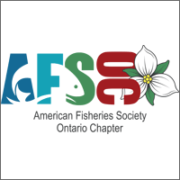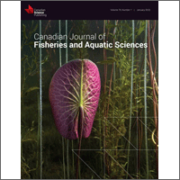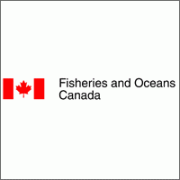Call for Nominations – 2025-26 AFS-OC Executive Committee
AFS-OC Members:
We are accepting nominations for the following positions on the Executive Committee of the Ontario Chapter of the American Fisheries Society.
President-Elect: This is the first year of a three-year term starting as president-elect then moving into the role of president and finally past-president. In this role the individual will assist in general operations of the Chapter, including organization of various social events and the Annual General Meeting. The position is primarily a shadowing of the President’s role, with general commitment of 1-hour monthly online meetings from Sept 2025 – June 2026, and additional support during main events.
Secretary: This is an ongoing role, and the position is primarily to attend 1-hour monthly online meetings from Sept-June each year, record meeting minutes and distribute to the Executive Committee.
Northern Member-at-large: This is an ongoing role, and the position is primarily to attend 1-hour monthly online meetings from Sept-June each year to ensure the interests of chapter members and fisheries issues from northern Ontario are represented, and assist the other officers as needed.
All positions above have voting rights, and therefore an election will be held this spring to select from the candidates. Please submit nominations or interest to webmaster@afs-oc.org by May 12, 2025. Nominees must be Ontario Chapter members to be eligible to run in the election and will be required to submit a short biography.
Read more







